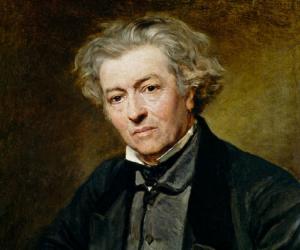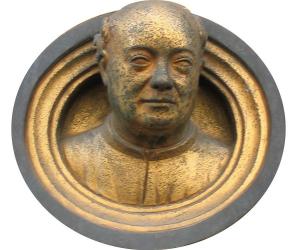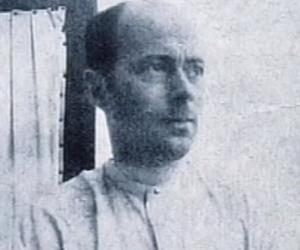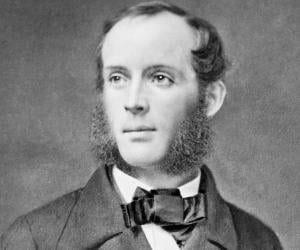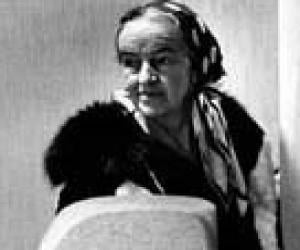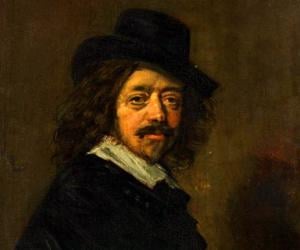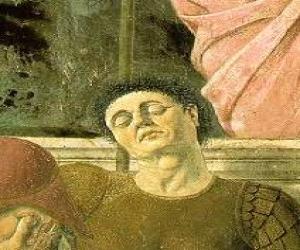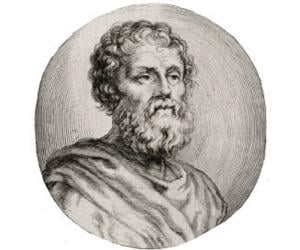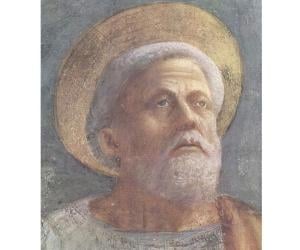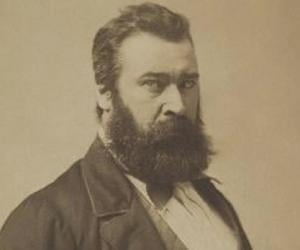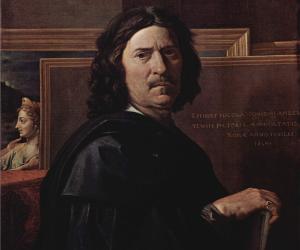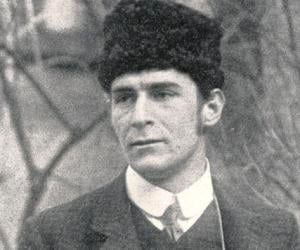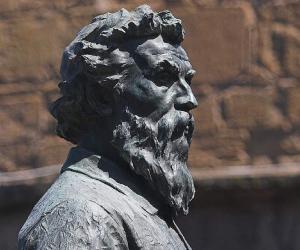Quick Facts
French Celebrities Born In July
Also Known As: Jean-Baptiste-Camille Corot
Died At Age: 78
Born Country: France
Realist Painters French Men
Died on: February 28, 1875
place of death: Paris, France
Notable Alumni: Lycée Pierre-Corneille
City: Paris
More Facts
education: Lycée Pierre-Corneille
Childhood & Early Life
Corot was born to middle-class parents in Paris in 1796. His father was a wigmaker and his mother was a milliner. He lived a comfortable life as his parents did well in their businesses and provided well for him and his two siblings.
As a student, he received a scholarship to study at the Lycee Pierre-Corneille in Rouen, but he could not cope there and entered a boarding school instead.
He showed no early interest towards art. It was only during his late teens that he developed an interest in the outdoors and in painting.
Career
His first job was as a draper’s apprentice, a work which he loathed. Still he continued with this job in order to earn some money.
After the death of his sister in 1822, he started receiving a yearly allowance of 1500 francs, which gave him the freedom to leave his job and pursue his passion for painting.
He studied with Achille Etna Michallon, a landscape painter of Corot’s own age, who had a huge impact on the artist’s career. After Michallon’s untimely death, he became a student of Jean-Victor Bertin, one of the best known landscape painters of that time.
He went to Italy in 1825 where he worked with several other artists and spent time studying and painting the Italian countryside. He practiced drawing human figures in native costumes as well as nude. Corot was captivated by the beauty of Italian women as well; he would paint various portraits of women in the time to come.
Upon his return to France, Corot prepared several paintings for presentation at The Salon, an official art exhibition held in Paris. His first painting for the Salon was ‘View at Narni’ (1827).
He displayed his biblical painting ‘Agar dans le desert’ (Hagar in the Wilderness) in the Salon in 1835. The painting was much appreciated by the neoclassical jurors.
He was admitted as a member of the Salon jury in 1848 and promoted to the position of an officer in 1867.
He painted over 3000 pictures over the next many years, which primarily included landscapes, portraits of women and figure studies, and went on to become the leading painter of the Barbizon school of France in the mid 19th century.
Major Works
His painting, ‘The Bridge at Narni’ was made in 1826 during his trip to Italy. It served as the basis for his larger work, ‘View at Narni’ which was his first painting to be exhibited at the Salon in 1827.
He painted the ‘Venise, La Piazetta’ in 1835, depicting a promenade in Venice. It is one of his most famous paintings and is displayed at the Mus�e du Louvre in Paris.
The ‘Souvenir de Mortefontaine’ is considered as one of his masterpieces. It is an oil-on-canvas painting made in 1864 which depicts the tranquil scene of a woman and children enjoying themselves by a lake side.
The ‘Ville d’Avray’, oil-on-canvas, which he painted in 1865, depicts the commune where Corot lived in Ville d’Avray. The painting is currently on display at the National Gallery of Art in Washington D.C.
The ‘Femme Lisant’, a 1869 painting shows a woman reading pensively. Corot who was more famous for painting landscapes also painted many images of women during his later years. This was the only one of them which he exhibited in his lifetime.
Awards & Achievements
In 1846, the French government decorated him with the cross of the ‘L�gion d’honneur’, which is the highest decoration in France.
Personal Life & Legacy
Corot was very dedicated to his art which was his only true love and never married. He was very close to his parents and was devoted to them till their death.
He spent his later years tutoring younger artists and in philanthropic activities. He died in Paris at the age of 78 after suffering form a stomach disorder.
Trivia
There is a street named Rue Corot in Quebec, Canada, named in his honour.
His relatively easy-to-imitate style of painting resulted in a huge production of Corot forgeries between 1870 and 1939.
His paintings are displayed at various museums across France, the Netherlands, Britain and the U.S.
See more:


